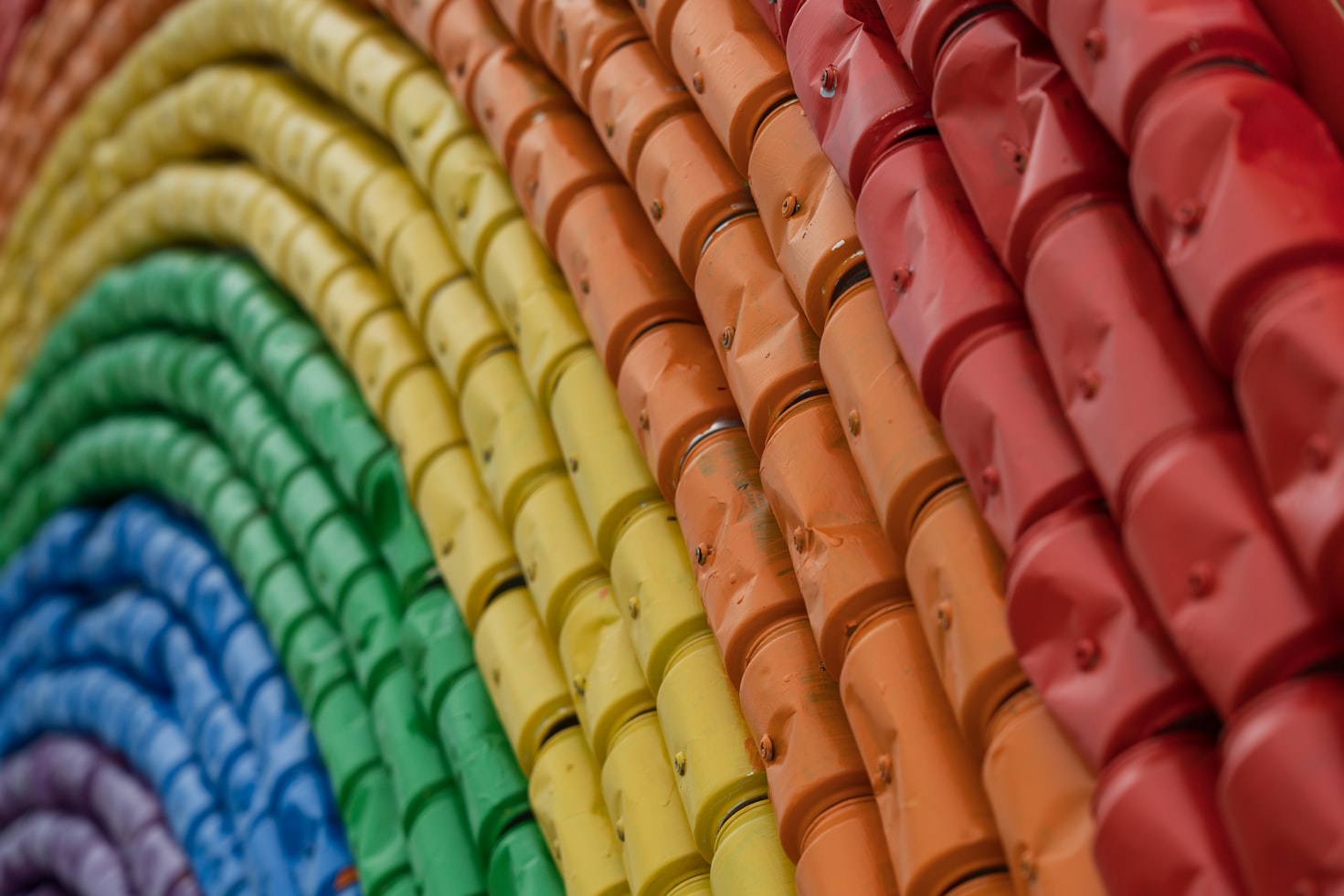top of page
Module 1: Fundamentals of Circular Economy
ADBI Circular Economy E-learning Course

About this module
The linear economy is rooted in a take-make-use-throw culture that causes immense damage to the environment both in terms of resource use as well as harmful emissions air, water, and soil. Cleaner production focused on reducing resource use, energy use, and waste emissions is a step in the right direction, but not enough to address the environmental issues completely. A life cycle perspective is imperative to address these issues comprehensively and lead to sustainable solutions. A circular economy moves away from the conventional linear economy model by increasing the lifetime of products to ensure getting the maximum out of the resources and energy invested in their production, minimizing waste emissions, and keeping materials in circulation instead of drawing on more virgin resources. Looking at all these things in a holistic, systems, or so-called life cycle view ensures that the anticipated environmental benefits can actually be achieved.
Duration
12 min
Learning Objective
- • Linear versus circular economy
• Importance of life cycle thinking
• Use of life cycle assessment for ensuring environmental benefits
Q&A
- 1. How does a circular economy “close the gap” of a linear economy?
a. Reduce by design
b. Refurbish and repurpose materials
c. Product as a service business model d. All of the above
2. Why is life cycle thinking/assessment necessary for evaluating product systems?
a. To avoid problem shifting between life cycle stages and between impacts
b. To measure the GHG emissions
c. To maximize energy, water and material efficiency
d. Both b & c
Instructor
Shabbir H. GHEEWALA
Professor
JGSEE-KMUTT
Join us and share your ideas and practices
in transforming the world towards a sustainable future.
Contact us
© 2018 - 2021 by STEAM Platform
bottom of page


.jpg)




